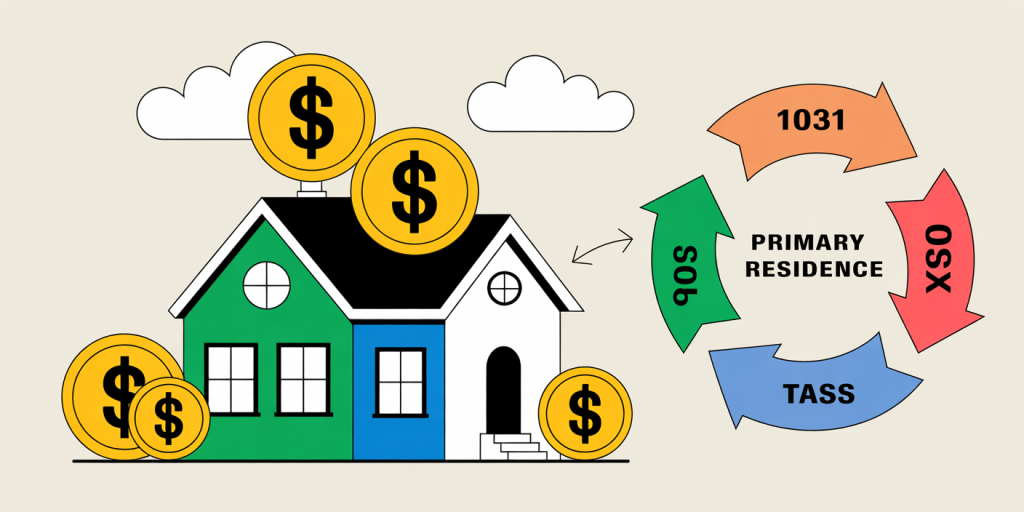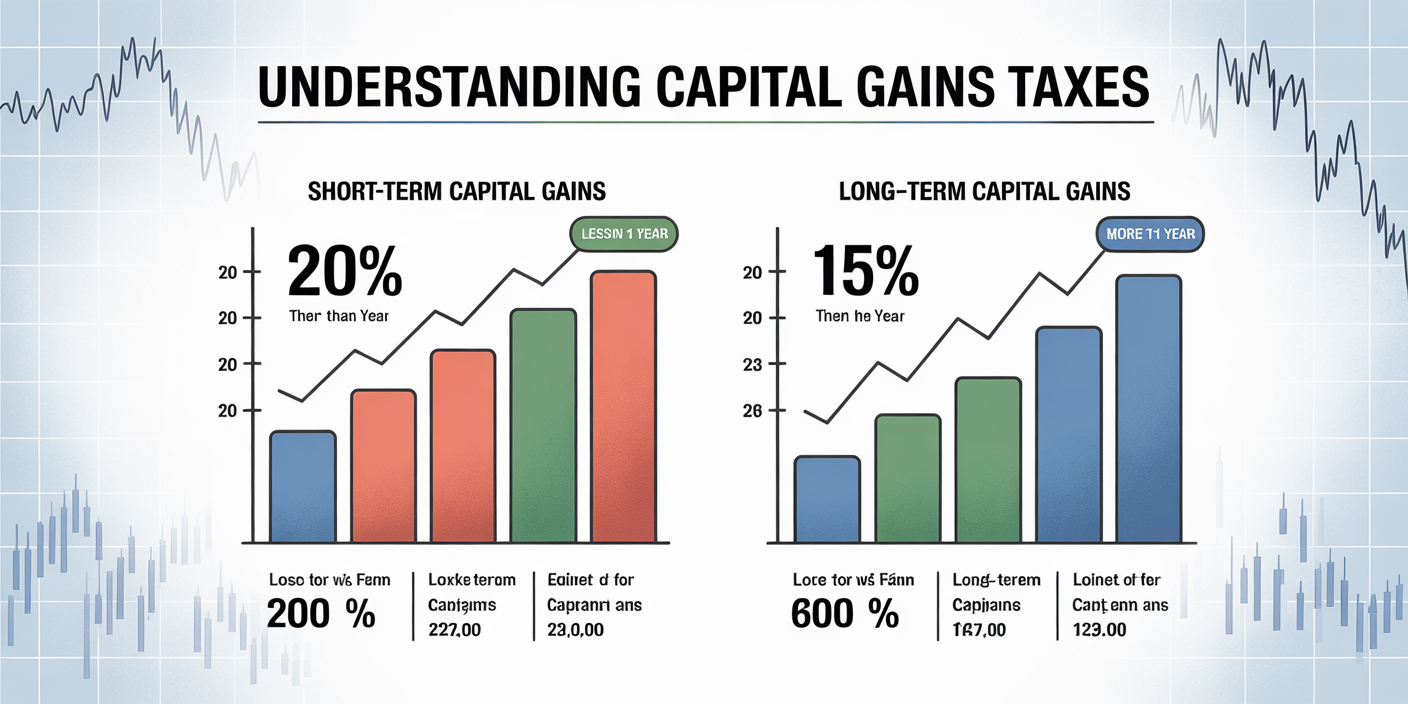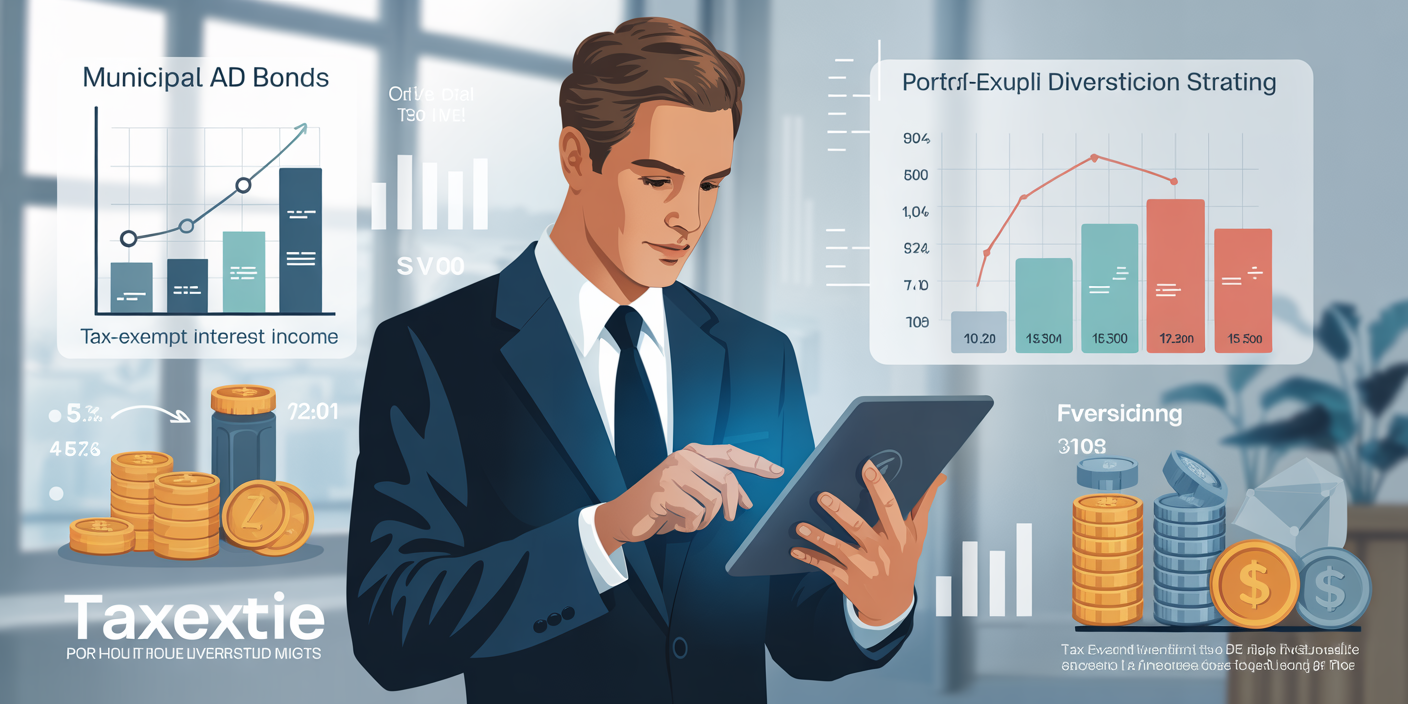Understanding Capital Gains Tax: How It Affects Your Investments
Anúncios
Capital gains tax (CGT) is a fundamental concept for every investor to grasp, as it directly influences the profitability of income from assets such as stocks, real estate, and other investments. Ignorance of CGT can lead to unexpected tax bills and diminished returns, while strategic planning around it can significantly improve net gains. This comprehensive article delves into the mechanisms of capital gains tax, how it is calculated, its impact on investors, and future trends shaping its application.

The Fundamentals of Capital Gains Tax
Capital gains tax is levied on the profit realized from the sale of assets such as stocks, bonds, real estate, or collectibles. Simply put, when you sell an asset for more than you paid for it, the profit portion – or “capital gain” – is subject to tax. This tax is imposed to ensure that gains derived from appreciation of assets contribute to government revenues, similar to income or payroll taxes.
Anúncios
For example, if an investor buys 100 shares of a company at $10 per share and sells these shares at $15, the $5 per share gain ($500 total) is taxable under capital gains tax regulations. However, the rate and timing of when this tax applies vary greatly by jurisdiction and type of asset. Understanding these nuances is crucial for making informed investment decisions.
The IRS in the United States, for instance, distinguishes between short-term and long-term capital gains. Assets held for one year or less are taxed as ordinary income (short-term), whereas assets held for more than a year benefit from lower long-term capital gains rates. This setup incentivizes longer holding periods and affects trading strategies.
Anúncios
Different Types of Capital Gains and Their Tax Rates
Capital gains are generally categorized into two types: short-term and long-term. Each category has distinct tax implications. Short-Term Capital Gains: These gains arise from the sale of assets held for a year or less. They are taxed at ordinary income tax rates, which can range from 10% to 37% in the U.S., depending on the taxpayer’s income bracket. For instance, a high-income investor selling stocks bought three months prior will incur taxes at their standard income rate, which can diminish the attractiveness of frequent trading. Long-Term Capital Gains: Gains from assets held for more than a year fall under this category and benefit from preferential tax rates. Currently, the U.S. federal long-term capital gains tax rates are 0%, 15%, or 20%, again based on income levels. These reduced rates encourage long-term investment strategies and asset holding.

Below is a comparative table summarizing the U.S. federal capital gains tax rates for 2024:
| Capital Gain Type | Holding Period | Tax Rate Range | Example Income Bracket |
|---|---|---|---|
| Short-Term | 1 year or less | 10% – 37% | $0 to $578,125+ (varies by bracket) |
| Long-Term | More than 1 year | 0%, 15%, 20% | 0% for low-income, 15% typical, 20% highest incomes |
It’s important to note that state taxes may apply additionally, further complicating the tax impact on capital gains. Some states like California tax capital gains as ordinary income, while others like Texas or Florida do not impose state income tax, which benefits investors.
How Capital Gains Tax Influences Investment Choices
The presence of capital gains taxes significantly shapes investor behavior and portfolio management strategies. Taxes reduce the after-tax returns and thus investors often plan transactions with tax implications in mind.
For instance, many investors prefer to hold onto appreciating assets for more than one year to avail the favorable long-term capital gains tax rates. This behavior reduces turnover and trading frequency. A practical example: an investor purchasing a stock at $50 per share and seeing it rise to $80 per share might delay selling until crossing the one-year mark to save potentially 15-20% in federal taxes.
Moreover, capital gains tax can affect decisions about asset reallocation or diversification. An investor might hesitate to sell a highly appreciated stock because the tax bill might outweigh the benefits of switching to another investment. In some cases, investors might use tax-loss harvesting—selling some losing investments to offset capital gains and reduce tax liability.
Real-Life Examples and Case Studies
Consider the case of a well-known investor, Warren Buffett, who advocates for long-term investing partly due to tax reasons. Buffett has repeatedly emphasized the advantage of buying and holding high-quality stocks, minimizing tax drag from frequent sales.
Similarly, according to a 2023 report from the Tax Foundation, average capital gains tax collections in the U.S. have risen considerably over the past decade, reflecting higher asset prices and more taxable events post-pandemic. For example, in 2021, individual taxpayers paid $437 billion in long-term capital gains taxes, marking a significant 19% increase from 2020.
A practical illustration: Jane, an investor in New York, purchased 200 shares of a tech company at $25 in June 2021. By July 2023, the share price rose to $75. Had she sold before June 2022, her gains ($50 per share) would be taxed as short-term, subjecting her to a 35% tax rate, costing her $3,500. By waiting, she qualifies for long-term rates, paying potentially 20%, or $2,000, preserving an extra $1,500.
These examples show how timing and knowledge of CGT rules can affect investment outcomes.
Capital Gains Tax and Real Estate Investments
Real estate is another critical area impacted by capital gains tax. When investors sell real property—such as rental properties or a personal residence—capital gains tax may apply to the profit realized.
In the U.S., homeowners benefit from an important exemption: the primary residence exclusion. Single taxpayers can exclude up to $250,000 of capital gains from the sale of their main home, and married couples filing jointly can exclude up to $500,000. To qualify, the home must have been lived in for at least two of the previous five years.
For non-primary residential or commercial properties, capital gains tax applies to the full gain, unless a like-kind exchange is performed. A 1031 exchange allows deferral of capital gains taxes if the proceeds are reinvested in a similar property, enabling investors to grow portfolios without immediate tax expense.
An example from recent studies shows that from 2015 to 2023, approximately 30% of commercial real estate transactions in the U.S. utilized 1031 exchanges to defer gains taxes, highlighting its popularity among professional investors.
Future Perspectives: Trends Impacting Capital Gains Tax Policies
Looking ahead, capital gains tax laws may evolve under political and economic pressures. Governments worldwide are constantly balancing revenue needs with investor incentives.
In the U.S., there have been discussions about increasing the top capital gains tax rates for high earners. For example, proposals have included aligning the highest capital gains tax rate with ordinary income tax rates (potentially raising it to 37% or more). The argument is that this would promote tax fairness by limiting preferential treatment of investment income.
At the same time, there is growing demand to incentivize investments in green technologies and startups through targeted capital gains tax reliefs or credits. Emerging regulations may offer reduced CGT rates for sustainable or impact investments, reflecting global sustainability trends.

Globally, OECD countries are coordinating to prevent tax avoidance via capital gains, especially for digital assets and cryptocurrencies. The rise of crypto trading has prompted many countries to explicitly classify crypto gains as taxable capital gains, introducing new compliance challenges.
Investors must stay vigilant and adaptable. Strategies like tax-loss harvesting, asset location (placing investments in tax-advantaged accounts), and timing sales will continue to be vital tools. Financial advisors emphasize integrating tax impact into overall investment planning for optimal after-tax returns.
Capital gains tax remains a complex but essential aspect of the investment landscape that directly affects how investors trade, hold, and allocate assets. By understanding tax types, rates, exemptions, and planning strategies, investors can minimize tax liabilities and maximize wealth growth. Keeping abreast of legislative trends and using practical tools to navigate the tax environment is imperative for anyone serious about effective investment management.



Post Comment